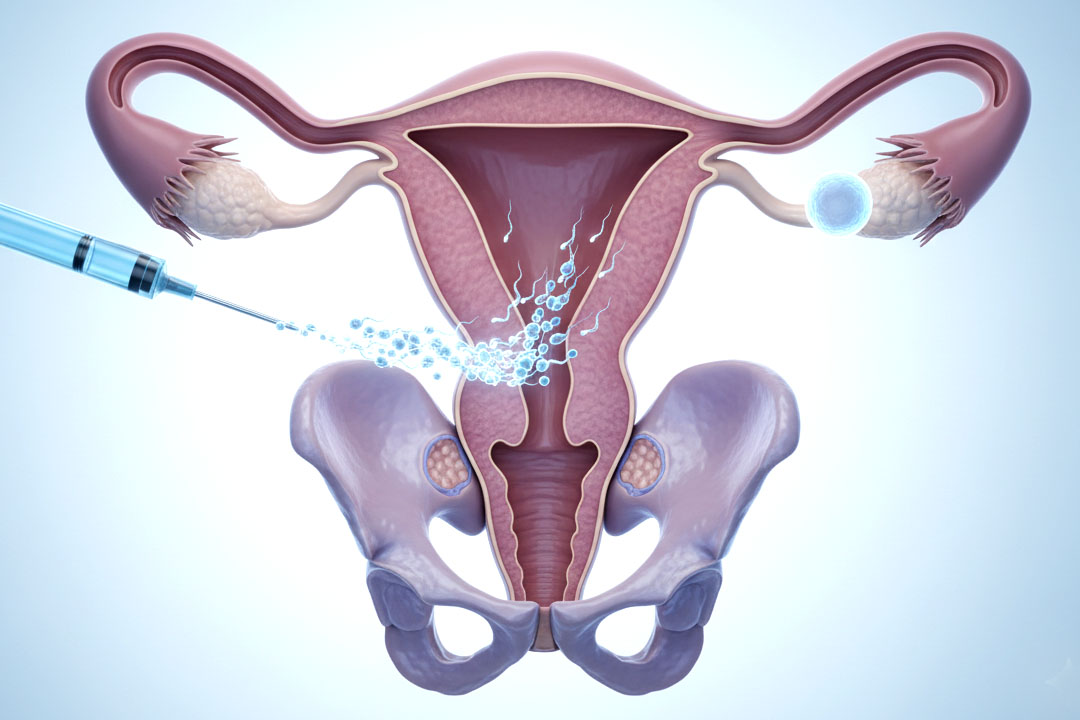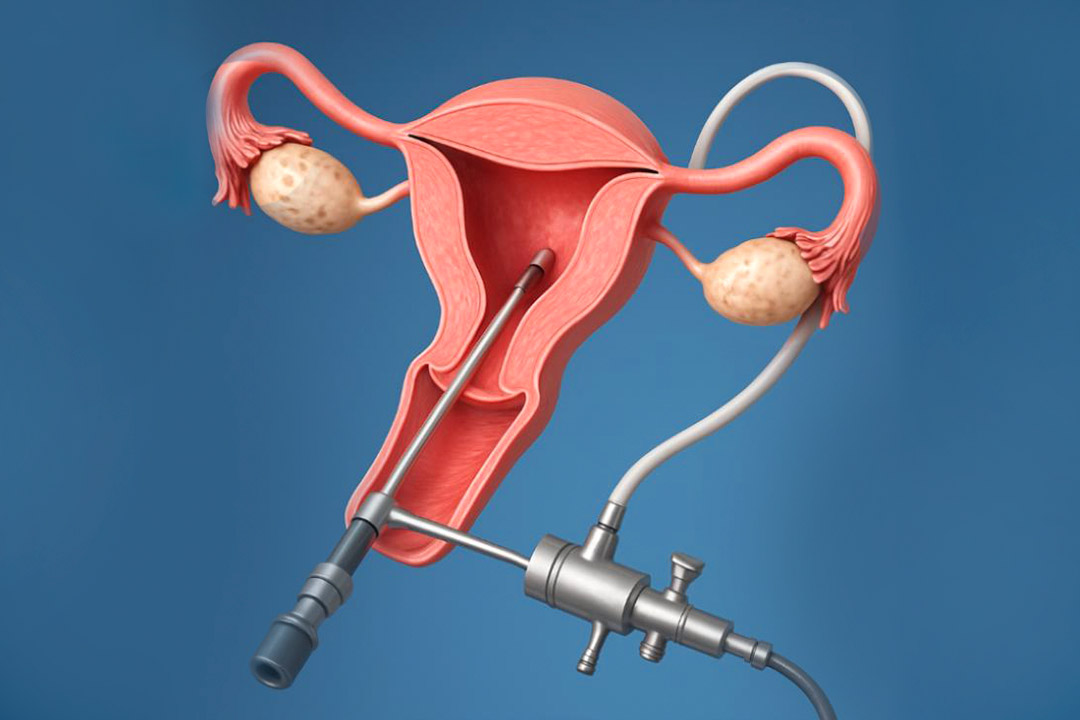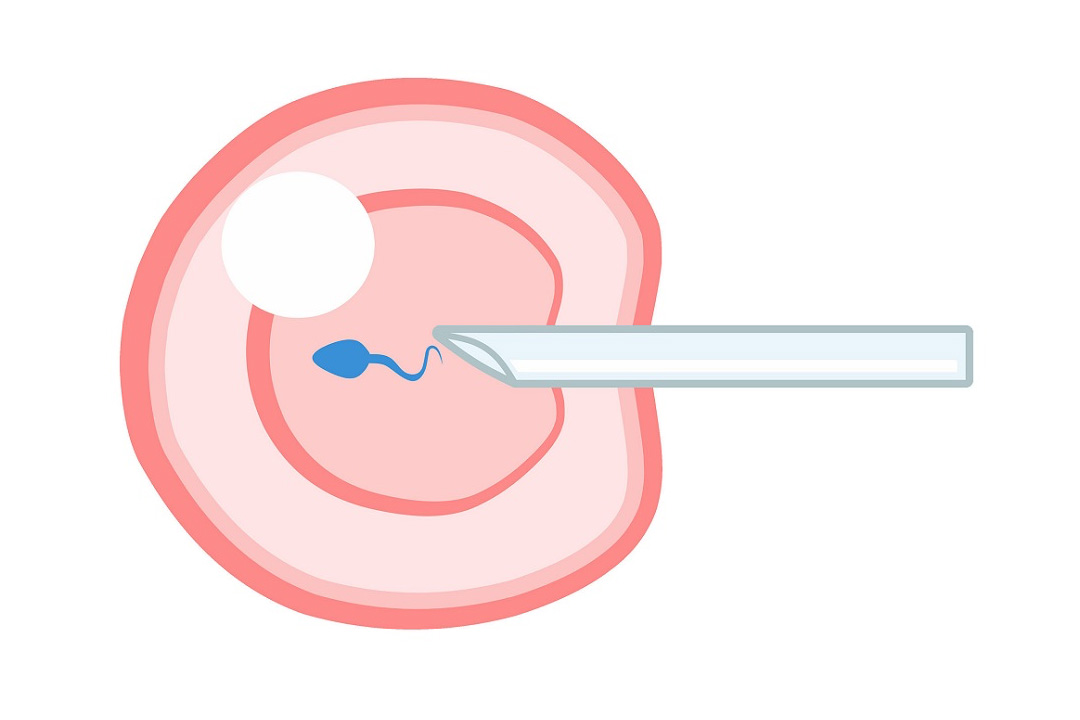What is Bulky Cervix: Its Causes, Implications, and Treatments
The female reproductive system is quite complex, and learning about its parts is of great importance for the preservation of reproductive health. One term that often arises in discussions of gynecology is the 'bulky cervix.' .
This article goes into what a bulky cervix is, what may cause it, and whether or not it is harmful, with available treatments. This article also explains questions like why someone would have a bulky cervix and if it is normal.

Bulky Cervix: Definition
A bulky cervix is a cervical appearance, which is an increase in size of the cervix than normal. It is through a pelvic examination or imaging studies, such as ultrasounds. The cervix connects the vagina to the uterus. While minor variation in cervix size is normal, a mildly bulky cervix means that the size of the cervix has increased but not too much.
By 'bulky,' when medical professionals refer to the cervix, it means that it has an increased dimension compared to the usual sizes. Such a condition is mainly performed when one undergoes a pelvic examination or any imaging test, such as an ultrasound or radiology scan.
A bulky heterogeneous cervix indicates that it is not only bigger in size but also uniformly textured or composition-wise, which may be essential in diagnosing underlying conditions.
Bulky Cervix Size
Measured length of the cervix varies among women and generally is between 2-3 centimeters in length. A cervical measurement that is bulky will be longer than these measurements. However, it should be noted that slight variations in measurements are generally considered normal and not health threatening. The question of whether a cervix is considered bulky might depend on the clinical context and manifestations of other symptoms.
Causes of Bulky Cervix
Some causes of a bulky cervix include the following:
- Inflammation or Infection: Certain conditions, such as cervicitis, which is inflammation of the cervix, can cause swelling.
- Fibroids: These benign tumors in the uterus often grow to involve the cervix, making it look bulky.
- Endometriosis: This disease features the appearance of endometrial tissue elsewhere in the body and could affect the cervix.
- Cervical Cancer: Although much less frequent, malignancies can cause a bulky cervix.
- Pregnancy: Hormonal imbalances sometimes go along with the enlargement of the cervix.
- Cervical Polyps: These benign growths may sometimes give the appearance that the cervix is enlarged.
- Adenomyosis: It is a condition under which endometrial tissues grow inside the uterine walls, and their cervical involvement is also possible.
Determining the cause of a bulky cervix is instructive for treatment recommendations .
A Bulky Cervix: Is it Dangerous?
The question “Is a bulky cervix dangerous?“ depends on the cause. Many times, a bulky cervix is benign and imposes no significant risks to your health. In pregnancy, for example, a slightly enlarged cervix is typical; this is part of your body's preparation for childbirth.
However, when the bulky cervix happens due to more serious conditions like cervical cancer or severe infections, it gets quite dangerous and calls for immediate attention from medical professionals. Thus, knowing the root cause becomes necessary to evaluate the risks that might be involved in the bulky cervix.
Symptoms of Bulky Cervix
A bulky cervix can often be symptom-free. However, when there are symptoms, they may involve the following:
- Uncommon Bleeding from the Vagina: Bleeding that occurs between periods or after having intercourse.
- Pelvic Pain or Discomfort: Feeling of squeezing or pain in the lower abdomen.
- Irregular Discharge: Alterations in color, consistency, or volume of the vaginal discharge.
- Ache During Sex: Pain or discomfort when engaging in sexual intercourse.
- Urinary Problems: Increased frequency or painful urination.
Identifying these bulky cervix symptoms is the first step in early diagnosis and treatment.
Why Do I Have a Bulky Cervix?
Many women would likely ask, “Why do I have a bulky cervix?“ The causes could be as benign as changes in one's hormonal and infection status, to more severe causes such as fibroids or cervical cancer. Cervical changes can also result from lifestyle factors such as smoking.
In some instances, cervical changes are caused by medical procedures, or childbirth alters the shape and size of the cervix.
Is It Normal to Have a Bulky Cervix?
For instance, during pregnancy the cervix can become bigger and softer. The case of another variation is size of the cervical opening due to fluctuation in hormones, which may arise between one menstrual cycle and the other. A mildly bulky cervix need not cause alarm if other symptoms do not raise concern.
However, persistent symptoms may cause a significant enlargement of the cervix. In this case, assessment by a healthcare provider should be sought as an underlying condition may be present.
Diagnosis: Bulky Cervix Ultrasound and Radiology
A bulky cervix is diagnosed with a combination of physical examinations and imaging studies. The size and shape of the cervix are gauged with ultrasound, which helps aid in the diagnosis of anomalies, including tumors, fibroids, or other structural changes.
Radiologic studies, like MRI and CT scans, may also be employed to help confirm a diagnosis if cancer is suspected by offering more detailed insight. The imaging techniques not only offer an all-rounded view of the pelvic region but help doctors explain the size of the abnormalities.
In some cases, the uterus and cervix may be bulky together; this is referred to as a bulky cervix and uterus. Such a condition usually points towards fibroids, adenomyosis, or other growths that may affect both the uterus and cervix. This combined enlargement causes even more dramatic symptoms that may include, but not limited to, heavy menstrual bleeding, pelvic pain, and pressure on adjacent organs.
Treatments for a Bulky Cervix
The management of the bulky cervix depends upon the etiology. The treatment modalities can include:
- Medications: Antibiotics for infections, hormonal therapy in cases of hormonal imbalances, and other specific medication.
- Surgery: In cases of fibroids, polyps, or cancerous tissues, surgical intervention may be necessary.
- Radiation: Cervical cancer patients are treated with radiation for the reduction of size of tumors.
- Observation: If the bulky cervix is benign in nature and has no symptoms, observation is the main treatment.
Lifestyle habits that could lead to good eating habits include quitting smoking for general reproductive health.
Early diagnosis and proper treatment are highly crucial to manage a bulky cervix very effectively.
When to Seek Medical Care
If you are bleeding irregularly, or if you are experiencing severe pelvic pain, or a foul discharge, then see your doctor as well. Even when asymptomatic but you have a bulky cervix on routine examination, there may be need for further evaluation to determine its etiology.
Frequently Asked Questions
Is bulky cervix normal to have?
Sometimes, depending on the cause, such as during pregnancy or with changes in hormones, a slightly bulky cervix is not considered abnormal, though persistent or significant enlargement requires evaluation.
Why do I have a bulky cervix?
There are so many causes as to why one might have a bulky cervix. The possible infections are fibroids, hormonal changes, and possibly even cancer.
How is a bulky cervix diagnosed?
It can be diagnosed by pelvic exam, ultrasound, and other imaging studies like MRI or CT scans.
What are the symptoms of a bulky cervix?
Symptoms may include abnormal bleeding, pelvic pain, unusual discharge, pain during intercourse, and urinary issues.
Is a mildly bulky cervix a cause for concern?
A mildly bulky cervix may not be concerning if there are no other symptoms and it occurs in a normal physiological context. However, it's essential to consult a healthcare provider for an accurate assessment.
Conclusion
A bulky cervix refers to the condition whereby the cervix grows bigger than it ought to. Although at times it may be a benign variation, it's still worth understanding what causes it and what consequences it brings.
Causes may be very different-from infection, fibroids, hormonal changes, or even more serious conditions like cervical cancer. This detection of its symptoms and bringing in medical attention early enough marks all the difference for smooth management and treatment.
Regular check-ups with a gynecologist and awareness of changes in your body help in early detection and treatment. If you suspect to have a bulky cervix or you notice some of the above symptoms, you should discuss it with your healthcare provider for proper advice and appropriate treatment.
References

About Us
AKsigen IVF is a premier center for advanced fertility treatments, with renowned fertility experts on our team. Specializing in IVF, ICSI, egg freezing, and other cutting-edge reproductive technologies, AKsigen IVF is committed to helping couples achieve their dream of parenthood. With personalized care and a patient-first approach, AKsigen IVF provides comprehensive fertility solutions under one roof.






































































































































































